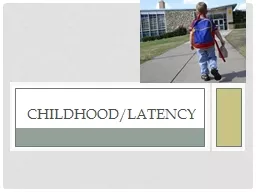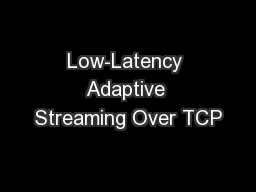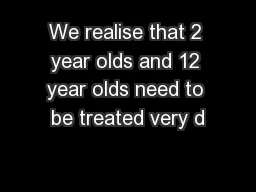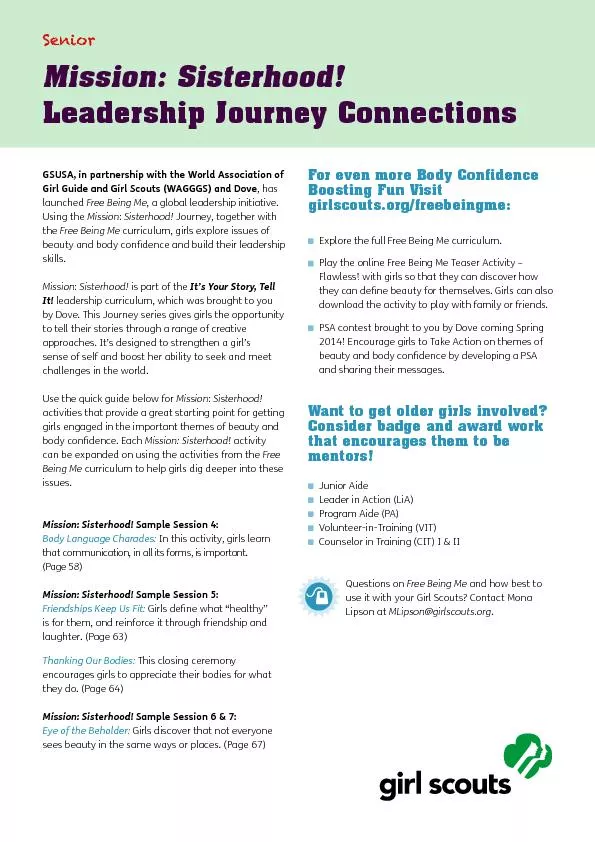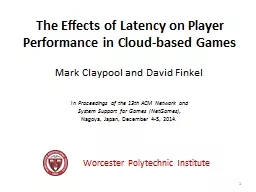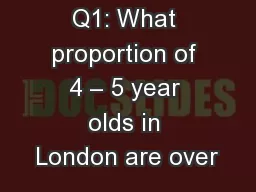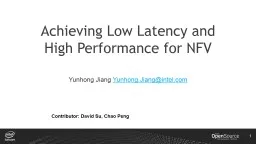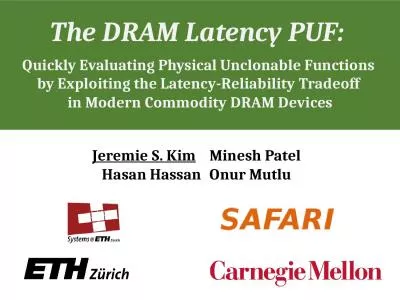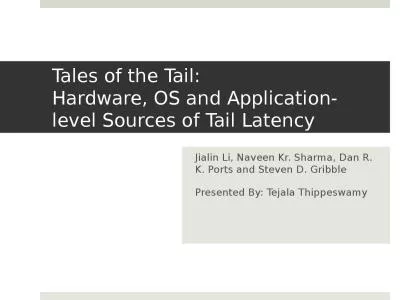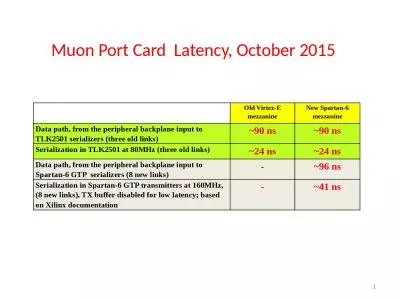PPT-Childhood/Latency What do a five year olds do?
Author : tatiana-dople | Published Date : 2018-10-27
What games do 7 9 yr olds play Monsters witches dragons The outside world is beginning to open up and offers excitement but also fear of the unknown Childrens
Presentation Embed Code
Download Presentation
Download Presentation The PPT/PDF document "Childhood/Latency What do a five year ol..." is the property of its rightful owner. Permission is granted to download and print the materials on this website for personal, non-commercial use only, and to display it on your personal computer provided you do not modify the materials and that you retain all copyright notices contained in the materials. By downloading content from our website, you accept the terms of this agreement.
Childhood/Latency What do a five year olds do?: Transcript
Download Rules Of Document
"Childhood/Latency What do a five year olds do?"The content belongs to its owner. You may download and print it for personal use, without modification, and keep all copyright notices. By downloading, you agree to these terms.
Related Documents

